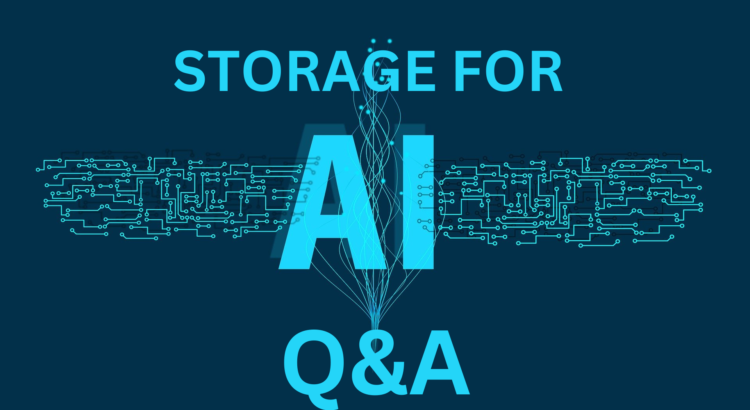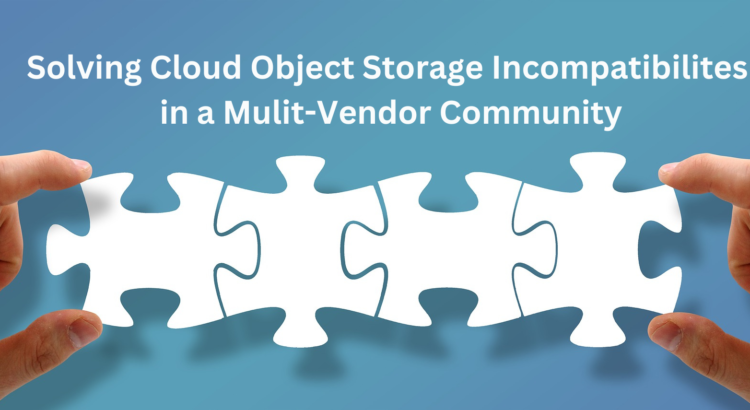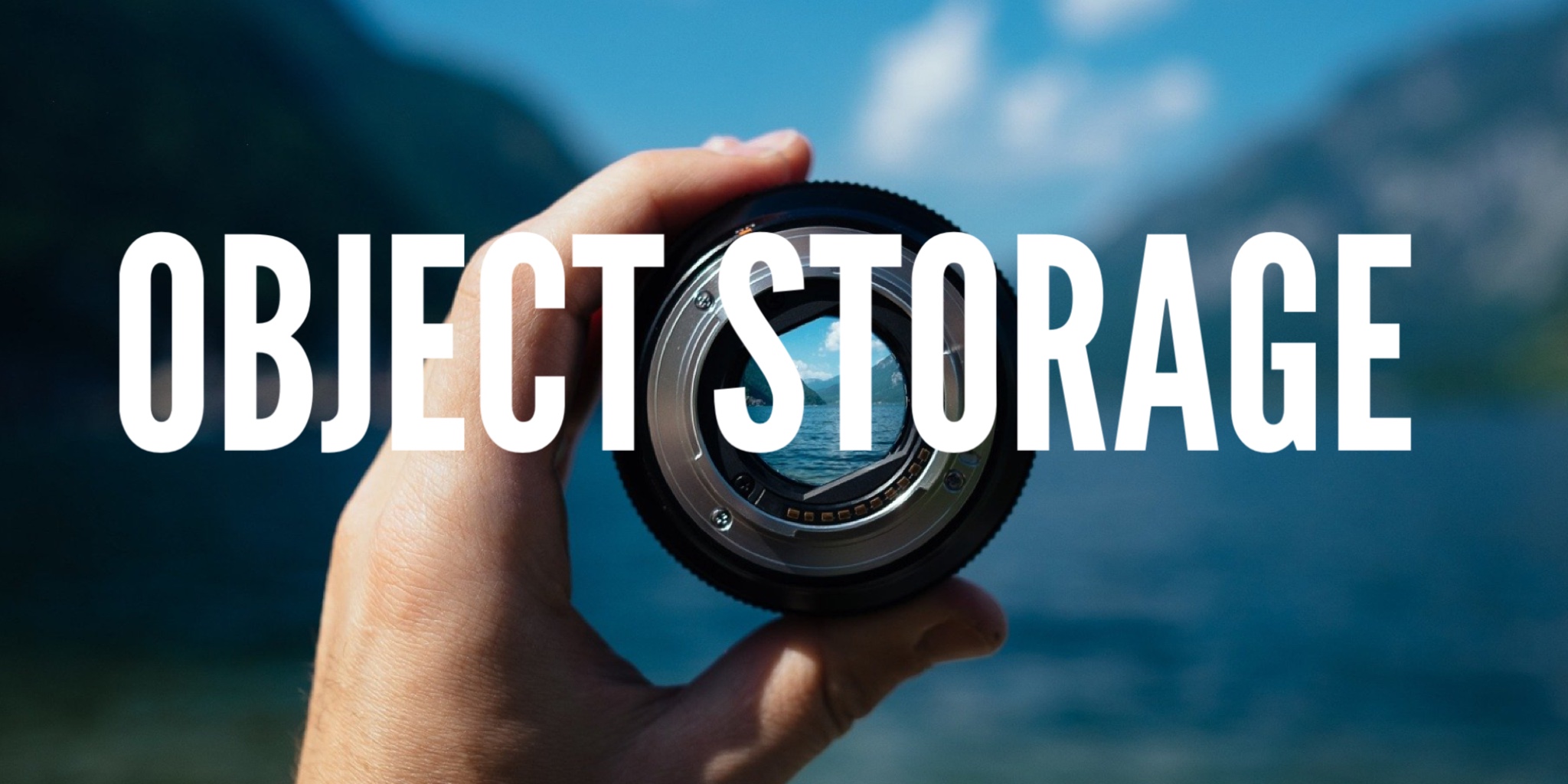
Storage for AI Q&A
Our recent SNIA Data, Networking & Storage Forum (DNSF) webinar, “AI Storage: The Critical Role of Storage in Optimizing AI Training Workloads,” was an insightful look at how AI workloads interact with storage at every stage of the AI data pipeline with a focus on data loading and checkpointing. Attendees gave this session a 5-star rating and asked a lot of wonderful questions. Our presenter, Ugur Kaynar, has answered them here. We’d love to hear your questions or feedback in the comments field.
Q. Great content on File and Object Storage, Are there any use cases for Block Storage in AI infrastructure requirements?
A. Today, by default, AI frameworks cannot directly access block storage, and need a file system to interact with block storage during training. Block storage provides raw storage capacity, but it lacks the structure needed to manage files and directories. Like most AI frameworks, PyTorch depends on a file system to manage and access data stored on block storage.
Q. Do high speed networks make some significant enhancements to I/O and checkpointing process? Read More







